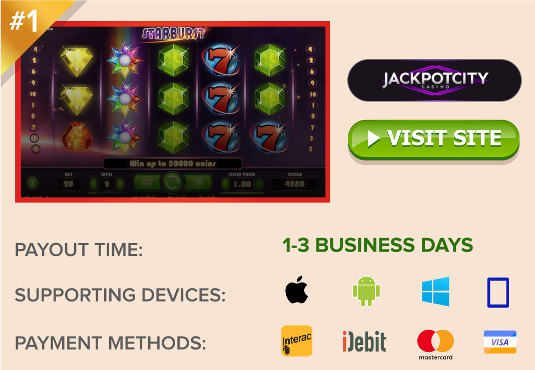Proper Use of Strategic Blackjack Charts
Learning to understand and appreciating the proper mechanics of blackjack strategy charts for all variations of the game.

Today, a good blackjack strategy chart can be an invaluable aid to players in achieving top performance at the table. But the key to successful use of these charts is to know the proper mechanics, as expressed in the guidelines below.
The fundamentals of Basic Blackjack Strategy were worked out by Columbia math whiz Roger Baldwin and his Army pals on desktop calculators in the 1950s. They were tested by computer, codified, published and widely distributed in the next decade, thanks to Professor Edward O. Thorp and his book, “Beat the Dealer,” which contained the first simple chart showing when to hit, stand, split or double down.
Know the Nomenclature
To the uninitiated, Blackjack charts may appear to be written in a secret code, but it’s really just a form of shorthand to allow the maximum amount of information to be presented in a small space. “A” stands for Ace, of course, and “Dlr” is the dealer. “H” for Hit and “S” for Stand are obvious enough, but “P” is commonly used for “Split” and there may be different codes used for Double and Surrender, which bear additional explanation.
“D” does not simply stand for Double. It means Double if allowed, otherwise Hit, and it may sometimes be labeled “Dh.” By the same token, “DS” (or “Ds”) means double if allowed, otherwise Stand. Also, some charts feature a “Ph” code meaning “Split if Double after Split it allowed, otherwise Hit.” And for games that feature a Surrender option, “Rh” means “Surrender if allowed, otherwise Hit,” “Rs” means “Surrender if allowed, otherwise Stand,” and “Rp” means “Surrender if allowed, otherwise split.”
Different Games, Different Charts
For each version of Blackjack, there is but one appropriate chart. Using a chart designed for a double-deck game when playing against an eight-deck shoe will not yield optimum results. Similarly, a chart created for use when the dealer stands on soft-17 will be less effective if employed in a game where hard-17 must be reached.
If only one chart can be used or committed to memory, the most common chart circulating today can be thought of as the Gold Standard. It is intended for play against a six-deck shoe, with the dealer standing on soft-17, Double after Split allowed, and No Surrender. Under these rules, the estimated House Edge against recommended play is just 0.44 %.
Understand What’s Missing
To save space, many charts eliminate the rows for two fives and two tens. That’s because these pairs are never to be Split. They should be treated as hard totals of 10 or 20, respectively, and played accordingly. Also, most charts make no mention of how to handle hands that can’t be Split due to a limit on re-splitting. In such cases, treat the hand as a hard total and play according to the chart.
Another element most players notice missing from any and all blackjack strategy charts are codes related to “Insurance,” which is made available whenever the dealer has an Ace showing. That’s because the only proper play in Basic Blackjack Strategy is to never take Insurance and to never accept “Even Money” for a natural blackjack when it is offered. Never.
 Jackpotcity.com is our editorial pick for your gaming needs. Currently offering an entire suite of casino games, as well as a wide range of Canadian deposit options, JackPotCity truly offers world-class gaming.
Jackpotcity.com is our editorial pick for your gaming needs. Currently offering an entire suite of casino games, as well as a wide range of Canadian deposit options, JackPotCity truly offers world-class gaming.





